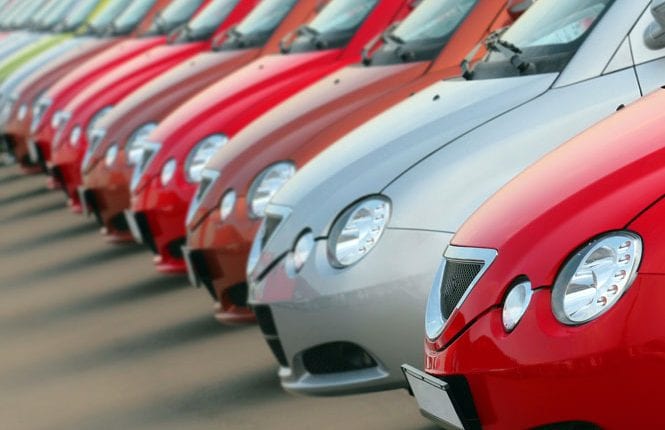[vc_row full_width=”stretch_row” css=”.vc_custom_1614170692174{background-color: #f1f1f1 !important;}”][vc_column width=”1/2″]
Fleet Operators Tyre Policy
Tyre safety is all too often overlooked by fleet drivers and organisations. Estimates suggest that up to a third of all road traffic accidents in the UK involve at least one person who is driving for work.
[/vc_column_text][vc_column_text]This shocking statistic equates to more than 200 people killed or seriously injured in a work-related driving accident every single week.[/vc_column_text][/vc_column][vc_column width=”1/2″][vc_video link=”https://youtu.be/XUpjyJTj6cI”][/vc_column][/vc_row][vc_row full_width=”stretch_row” css=”.vc_custom_1596124875841{border-top-width: 1px !important;border-bottom-width: 1px !important;padding-top: 40px !important;padding-bottom: 40px !important;border-top-color: #ededed !important;border-top-style: solid !important;border-bottom-color: #ededed !important;border-bottom-style: solid !important;border-radius: 1px !important;}”][vc_column width=”1/2″][vc_single_image image=”1735″ img_size=”full”][/vc_column][vc_column width=”1/2″]
TyreSafe Fleet Video
Many of incidents can be avoided on the roads by carrying out just a few simple tyre checks before departing. Indeed, tyres play a vital role in road safety as they are the only point of contact a car has the road. Basic checks, such as inspecting the air pressure and tyre tread levels plus the tyre’s overall condition, can make a crucial difference in how a car performs. But while safety is paramount, properly maintained tyres can reduce fuel bills and have a longer life. Tyre safety is the responsibility of everyone, whether it is the individual company car driver or the business they work for.
[/vc_column_text][/vc_column][/vc_row][vc_row full_width=”stretch_row” css=”.vc_custom_1614170704758{padding-top: 40px !important;padding-bottom: 40px !important;background-color: #f1f1f1 !important;border-radius: 1px !important;}”][vc_column width=”1/2″]
How do fleet car tyre pressures cost a business money?
When tyres are underinflated, their rolling resistance increases and they need more energy to make them turn. This additional demand means fuel consumption and in turn the car’s running cost increases. Tyres that are just 20% underinflated can reduce fuel economy by 3%, adding unnecessary extra cost to your business. If your fleets cover a lot of miles, that’s a lot of wasted money.[/vc_column_text][/vc_column][vc_column width=”1/2″]
Estimated costs of underinflated fleet car tyres
- Average fuel consumption = 36.2MP
- Annual mileage 20,000 miles
- Cost on correctly inflated tyres = £3325.51
- Running on 20% underinflated tyres raises fuel costs by 3% = £106.91
- Cost of underinflated tyres for a fleet of 100 cars = £10,691 per year
[/vc_column_text][/vc_column][/vc_row][vc_row full_width=”stretch_row” css=”.vc_custom_1614170892716{padding-top: 40px !important;padding-bottom: 40px !important;border-radius: 1px !important;}”][vc_column width=”1/2″]
How do underinflated tyres put fleet drivers at risk?
Low tyre pressures can cost your business money, and lives.
You must ensure you have a robust trye maintenance policy and ask your staff to check their tyres at least once a month and before long journeys.[/vc_column_text][/vc_column][vc_column width=”1/2″]
What do I need to do as a fleet operator?
What are my legal responsibilities as a fleet operator?
What are my responsibilities as a fleet car driver?
Fleet Operators Tyre Safety Policy
To be effective, a tyre safety policy must be fully integrated within the other health and safety at work policies, and in particular, to any driving at work policies.
Some pointers to consider:[/vc_column_text]
Policy
Does the health and safety policy statement cover work related road safety and the provision, maintenance or inspection of vehicles and their tyres?
[/vc_column_text][/vc_column][vc_column width=”1/2″]
Responsibility
Is there a commitment to work related road safety including tyre safety from the very top of the organisation? Are individual’s responsibilities clearly defined and communicated accordingly? Do people who have responsibilities for implementation of the policy have sufficient authority to exert influence?
[/vc_column_text]
Organisation and Structure
Is the organisation sufficiently integrated and structured to allow effective implementation of a tyre safety policy including maintenance, inspections, training and communication?
[/vc_column_text][/vc_column][/vc_row][vc_row full_width=”stretch_row” css=”.vc_custom_1725380088919{padding-top: 40px !important;padding-bottom: 40px !important;background-color: #F1F1F1 !important;}”][vc_column width=”1/2″]
Systems
Are suitable systems in place to manage a tyre safety policy effectively? Are vehicle’s tyres checked at regular intervals by persons who have undergone suitable training to qualify them for this?
[/vc_column_text][/vc_column][vc_column width=”1/2″]
Monitoring
What activities does the organisation perform to monitor the effectiveness of the tyre and work related road safety policies? Does it collect and review sufficient information to make informed decisions about the safety of drivers and future policy changes?
[/vc_column_text][/vc_column][/vc_row][vc_row disable_element=”yes”][vc_column]

